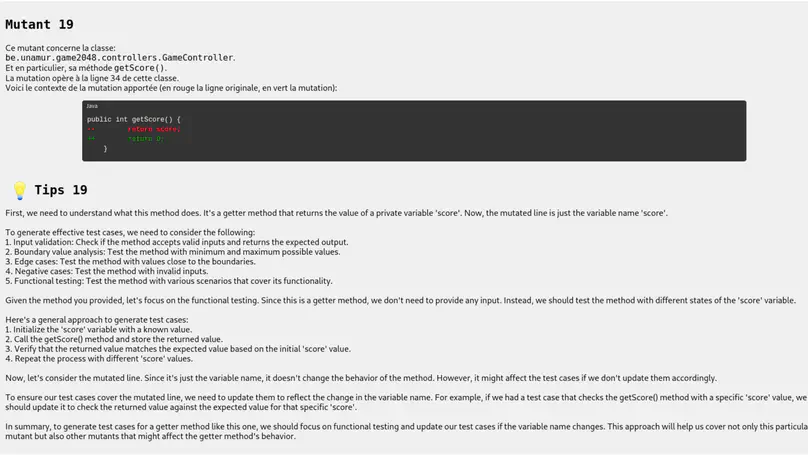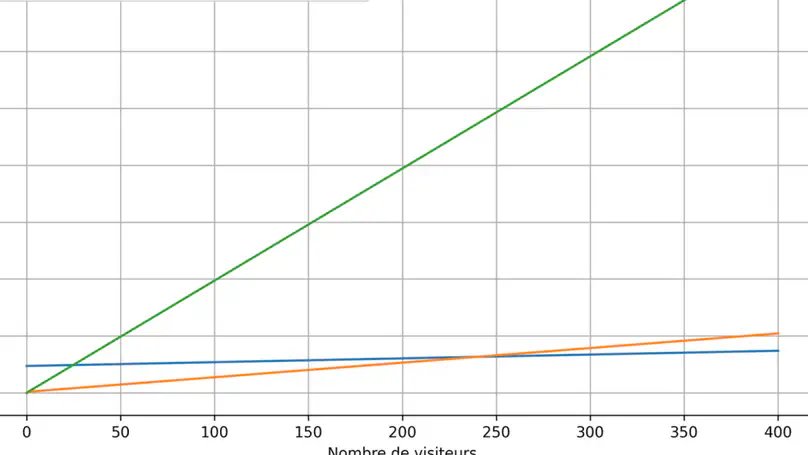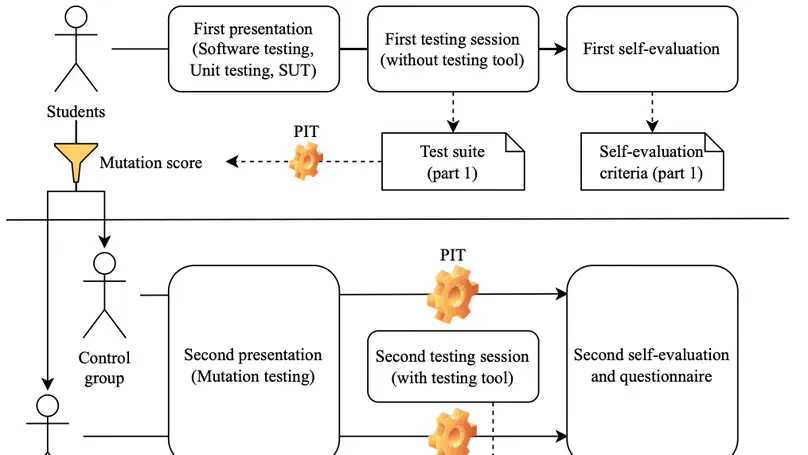Master Thesis
We offer several master thesis projects to the students following one of the master’s programs at the University of Namur. Those projects can cover one or more topics related to the research done at the SNAIL team or explore new directions. It is also possible to propose your own project related to our ongoing research. If you think you have a great idea, do not hesitate to contact us, but make sure you have clearly identified the research aspect and novelty of your proposal.
The project can be conducted at the computer science faculty, in collaboration with the members of the team, at another Belgian organization (industry, research center, university, …) with which we have an ongoing collaboration, or abroad at another university in our network.
If you study at a different university and you would like to do a research internship in the context of one of our projects, you should ask your own university supervisor to contact us. We have limited places available but are always interested in new research opportunities.
Master Thesis Projects
Current and Past Projects
The new Verification and Validation (V&V) course includes exercise sessions in which students write tests for small Java programs. These exercises use Andy to receive feedback in the form of coverage indicators, mutation score and number of successful meta-tests. The aim of this thesis is to apply a gamification approach to these exercises in order to increase student involvement: TEGa, you can’t help it!

















